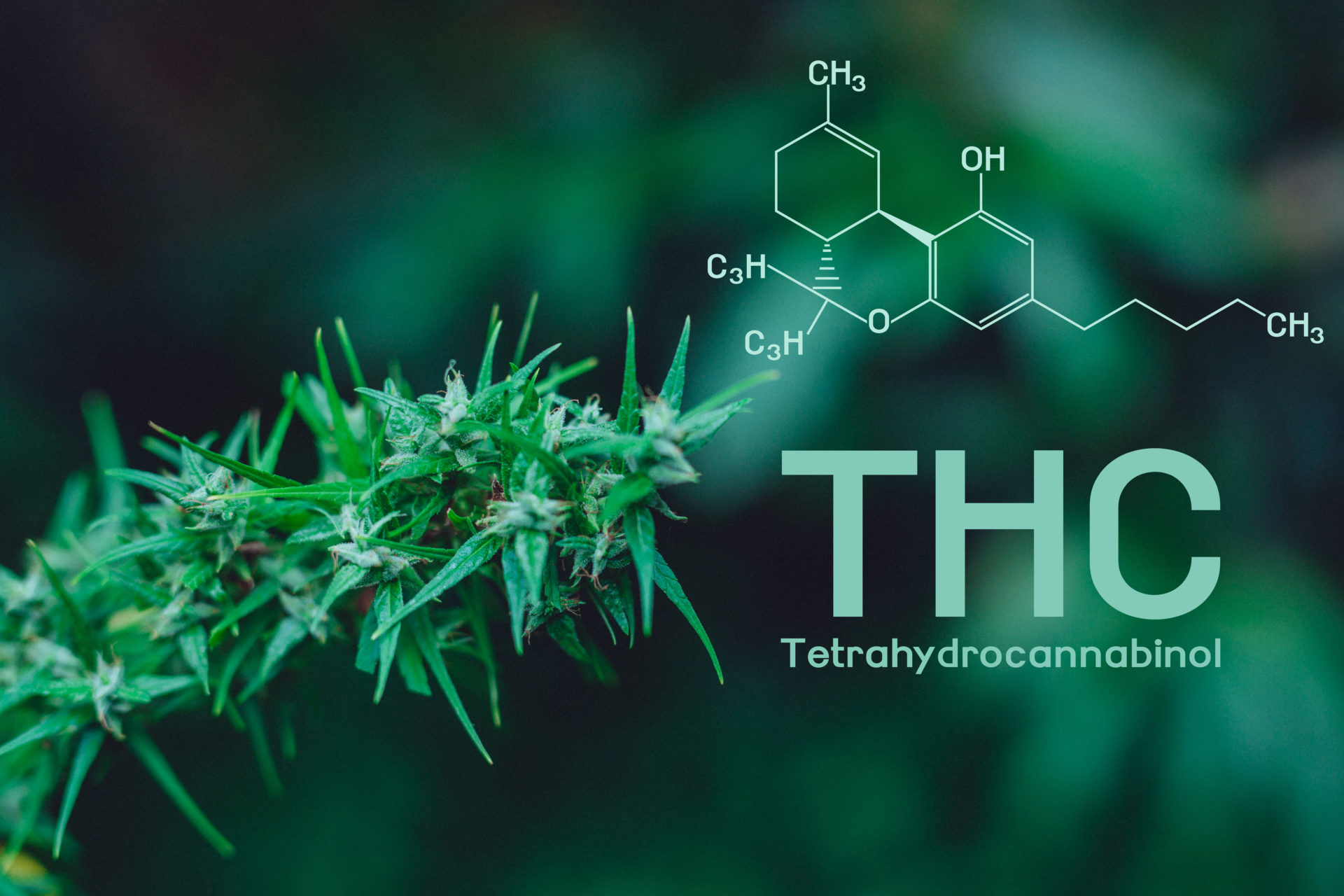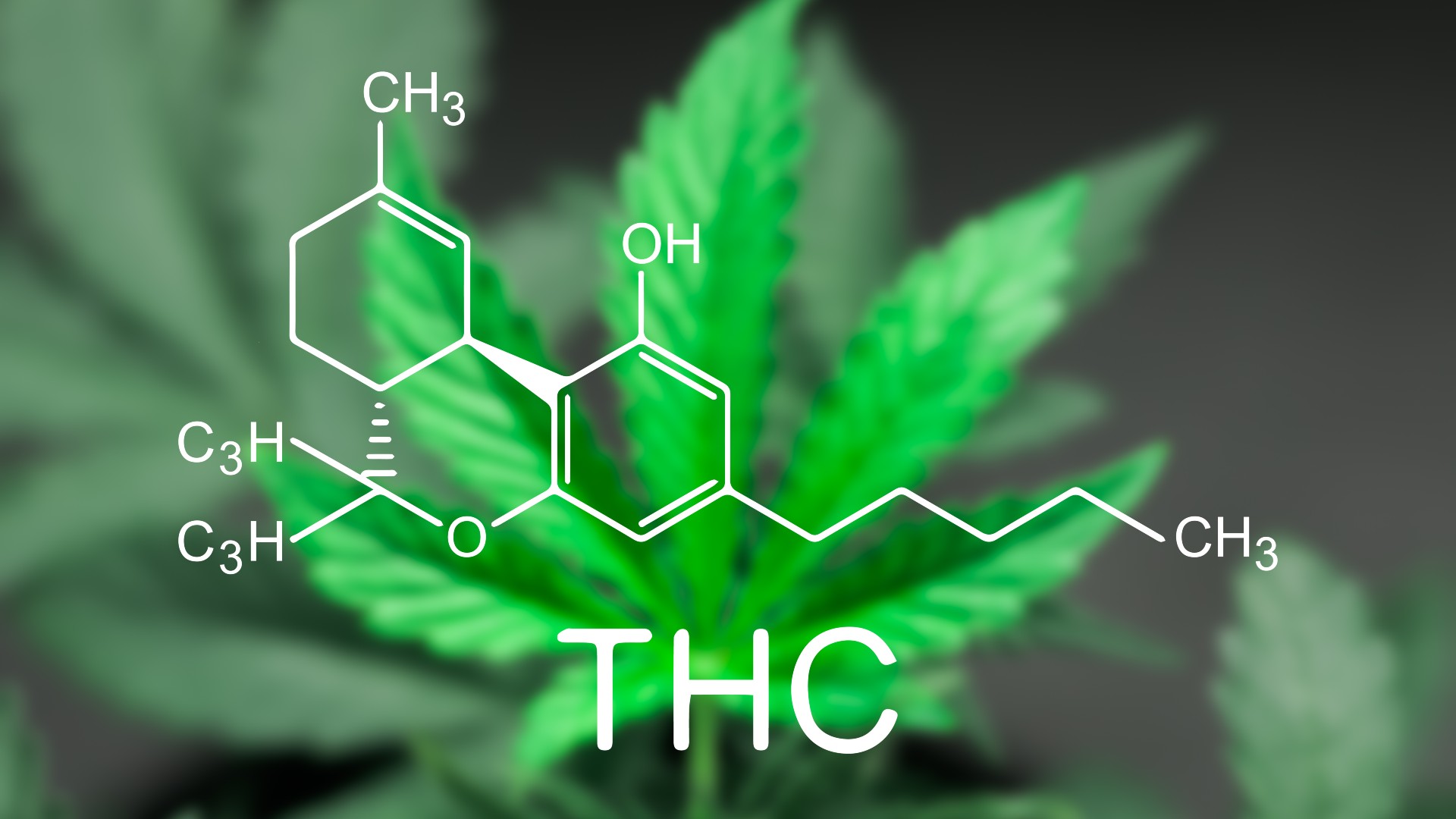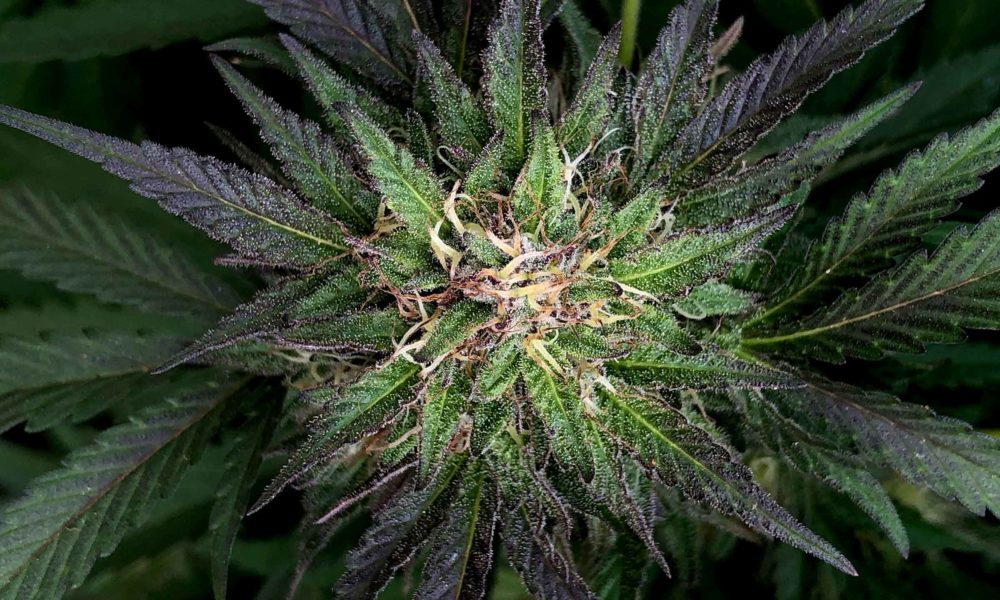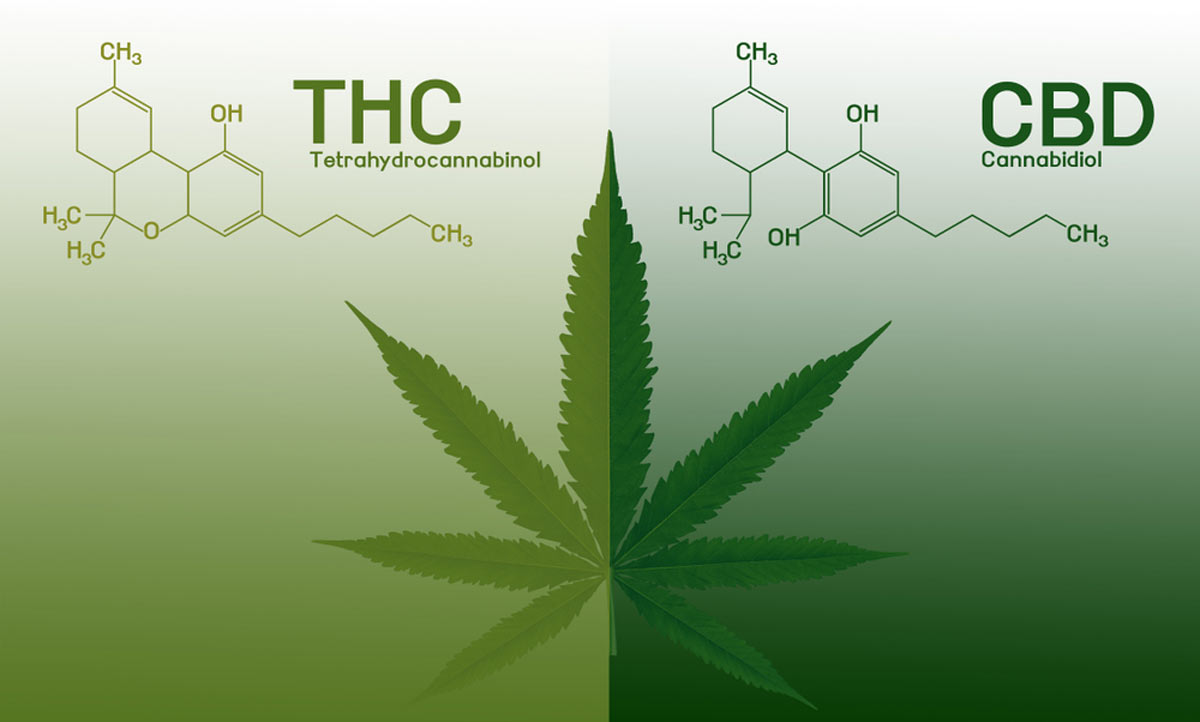Introduction
Cannabinoids, the chemical compounds found in the cannabis plant, have garnered increasing attention for their diverse effects on the human body. Among the various cannabinoids, Delta 8 THC, Delta 9 THC, and Delta 10 THC stand out for their unique properties. In this comprehensive guide, we will explore the reasons behind combining these cannabinoids, the potential benefits, and the considerations to keep in mind when experimenting with this novel approach.
Understanding Delta 8, Delta 9, and Delta 10 THC
Before delving into the reasons for combining these cannabinoids, it’s essential to understand their individual characteristics. Delta 8 THC, Delta 9 THC, and Delta 10 THC are all forms of tetrahydrocannabinol, the compound responsible for the psychoactive effects associated with cannabis. Delta 9 THC is the most well-known and abundant form, typically associated with the “high” that users experience.
Delta 8 THC, on the other hand, has similar psychoactive effects but is reported to be less potent than Delta 9. Delta 10 THC is a more recently discovered cannabinoid that shares some similarities with both Delta 8 and Delta 9. Each of these cannabinoids interacts with the body’s endocannabinoid system, albeit with varying intensities and nuances.
Synergistic Effects: The Entourage Effect
One of the primary motivations behind combining Delta 8, Delta 9, and Delta 10 THC is to leverage the entourage effect. The entourage effect is a theory suggesting that cannabinoids and other compounds found in the cannabis plant work together synergistically, enhancing each other’s therapeutic or psychoactive effects. By combining different cannabinoids, users aim to create a more nuanced and balanced experience that goes beyond what each individual cannabinoid can offer on its own.
For example, Delta 8 THC is thought to provide a milder psychoactive experience, potentially reducing anxiety and paranoia associated with high doses of Delta 9 THC. Delta 10 THC, being a hybrid of Delta 8 and Delta 9, may introduce additional elements to the entourage effect, contributing to a more well-rounded and tailored experience.
Tailoring the Cannabinoid Experience
Combining Delta 8, Delta 9, and Delta 10 THC allows users to tailor their cannabinoid experience to meet their specific needs and preferences. Individuals may seek a balance between the euphoric effects of Delta 9, the clarity of Delta 8, and the unique characteristics of Delta 10. This customization enables users to achieve a desired level of relaxation, creativity, or focus, depending on the ratios and concentrations of each cannabinoid in the mix.
Moreover, some users may turn to this combination to address tolerance issues. Regular use of a single cannabinoid may lead to tolerance, requiring higher doses over time to achieve the same effects. By incorporating different cannabinoids, users may potentially mitigate tolerance and maintain a more consistent and enjoyable experience.
Potential Therapeutic Benefits
While research on the therapeutic benefits of specific cannabinoids is ongoing, combining Delta 8, Delta 9, and Delta 10 THC may offer a broader range of potential therapeutic effects. Some users report that such combinations provide enhanced relief from conditions such as chronic pain, anxiety, and insomnia. The entourage effect suggests that the synergistic interaction of cannabinoids may amplify their individual therapeutic properties, creating a more potent and effective remedy.
It’s crucial to note that individual responses to cannabinoids vary, and what works for one person may not be the same for another. Consulting with a healthcare professional is advisable, especially for individuals using cannabinoids for medicinal purposes.
Dosing Considerations
Achieving the desired effects through the combination of Delta 8, Delta 9, and Delta 10 THC requires careful consideration of dosing. Each cannabinoid has its own potency and psychoactive effects, and finding the right balance is key to a positive experience. Experimenting with different ratios and concentrations, starting with lower doses, and gradually adjusting can help users personalize their cannabinoid mix to suit their preferences and tolerance levels.
Legality and Sourcing
The legality of Delta 8, Delta 9, and Delta 10 THC varies depending on regional regulations. Before combining these cannabinoids, users must be aware of the legal status in their jurisdiction. Delta 9 THC is often subject to strict regulations, while Delta 8 and Delta 10 may have more permissive legal frameworks in some areas. Additionally, sourcing cannabinoids from reputable and legal sources is essential to ensure product quality and safety.
Potential Risks and Side Effects
While cannabinoids are generally well-tolerated, combining Delta 8, Delta 9, and Delta 10 THC introduces potential risks and side effects. Excessive doses may lead to adverse reactions such as increased anxiety, paranoia, or impaired cognitive function. Users should be mindful of their tolerance levels and start with conservative doses to mitigate these risks.
Moreover, the long-term effects of combining cannabinoids are not well-documented, and the potential impact on mental health, cognitive function, and overall well-being warrants further research. Users with pre-existing health conditions or those taking medications should consult with healthcare professionals before experimenting with combined cannabinoid products.
Conclusion
Combining Delta 8, Delta 9, and Delta 10 THC represents a fascinating exploration into the potential synergies of cannabinoids. The entourage effect suggests that the combination of these compounds may offer a more nuanced and tailored experience, with potential therapeutic benefits. However, it’s crucial for users to approach this experimentation with caution, considering factors such as dosing, legality, and potential risks.
As the landscape of cannabis research evolves, more insights into the interactions between different cannabinoids will likely emerge. Until then, users interested in exploring the combination of Delta 8, Delta 9, and Delta 10 THC should do so responsibly, with a thorough understanding of the individual characteristics of each cannabinoid and a keen awareness of their own tolerance and preferences. As always, seeking guidance from healthcare professionals and staying informed about legal and safety considerations is paramount in navigating the world of combined cannabinoids.
- A Comprehensive Guide to the Benefits of Burdock Supplements - December 14, 2023
- A Comprehensive Guide to the Benefits of Burdock Supplements - December 14, 2023
- A Comprehensive Guide to the Benefits of Boneset Supplements - December 14, 2023




